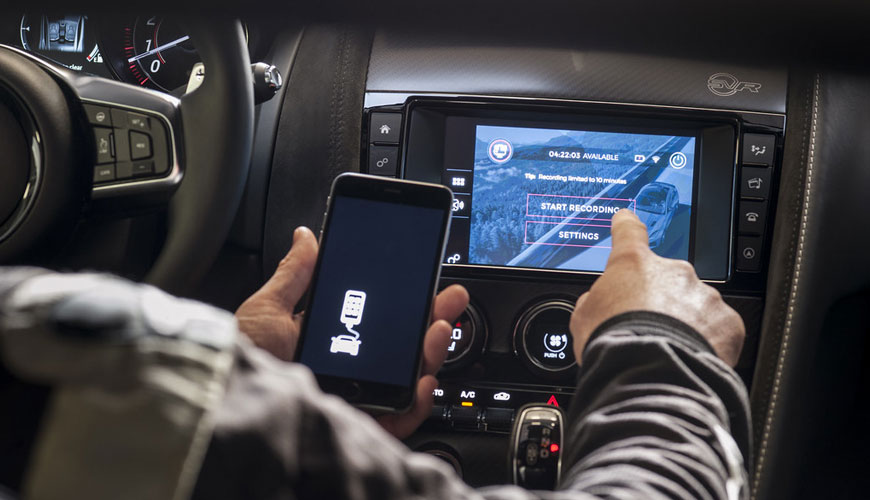

This International Standard contains limits and procedures for the measurement of radio disturbances in the frequency range 150 kHz to 2 500 MHz. The standard applies to any electronic/electrical component designed for use in vehicles, trailers and appliances.

Limits are intended to protect receivers mounted in a vehicle from disturbances produced by components and modules in the same vehicle. The method and limits of a complete vehicle (whether connected to the power grid for charging or not) are in Clause 5, and methods and limits for components and modules are in Clause 6. Only a complete vehicle test can be used to determine component compatibility to a vehicle's limit.
The types of receivers to be protected are, for example, broadcast receivers (audio and television), land mobile radio, radio telephony, amateur, citizen radio, Satellite Navigation (GPS etc.), Wi-Fi and Bluetooth. For the purpose of this standard, a vehicle is a machine self-propelled by an internal combustion engine, electric vehicles, or both. Vehicles include passenger cars, trucks, farm tractors and snowmobiles.
This International Standard does not cover the protection of electronic control systems from radio frequency (RF) emissions or transient or pulse type voltage fluctuations. These topics are covered in ISO publications.
The limits in this standard are recommended and subject to change as agreed between the vehicle manufacturer and the component supplier. This standard should also be enforced by manufacturers and suppliers of components and equipment that will be attached and connected to the vehicle harness or an onboard power connector after the vehicle has been delivered.
Clause 6 of this standard defines more than one level of limit, as the mounting location, vehicle body construction and harness design may affect the coupling of radio disturbances to the onboard radio. The level class to be used (as a function of the frequency band) is agreed between the vehicle manufacturer and the component supplier.
This standard defines test methods for use by Vehicle Manufacturers and Suppliers to assist in the design of vehicles and components and to provide a controlled level of embedded radio frequency emission.
Vehicle test limits are provided for guidance and are based on a typical radio receiver using the antenna provided as part of the vehicle or a test antenna if a unique antenna is not specified. Defined frequency bands are not valid for all regions or countries of the world. For economic reasons, the vehicle manufacturer is free to determine which frequency bands are valid in the countries in which a vehicle will be marketed and which radio services are likely to be used in that vehicle.
For example, many vehicle models will probably not have a television tuner installed; however, television groups occupy a significant portion of the radio spectrum. Testing and reducing noise sources in such vehicles is not economically justified.
The vehicle manufacturer must identify the countries where the vehicle will be marketed, then select the applicable frequency bands and limits. Component testing parameters can then be selected from this standard to support the chosen marketing plan.
The World Administrative Radiocommunication Conference (WARC) lower frequency limit in region 1 was reduced to 1979 kHz in 148,5. Tests at 150 kHz are considered adequate for instrumental purposes. For the purposes of this standard, the test frequency ranges have been generalized to cover radio services in various parts of the world. In most cases, preservation of radio reception at adjacent frequencies can be expected.
With the experience gained over many years, our organization also provides test services within the scope of CISPR 25 Vehicles, Boats and Internal Combustion Engines - Radio Decantation Features - Limits and Measurement Methods for the Protection of In-Vehicle Receivers, within the framework of laboratory services of materials with a trained and expert staff. .
To get an appointment, to get more detailed information or to request an evaluation, you can ask us to fill in our form and reach you.